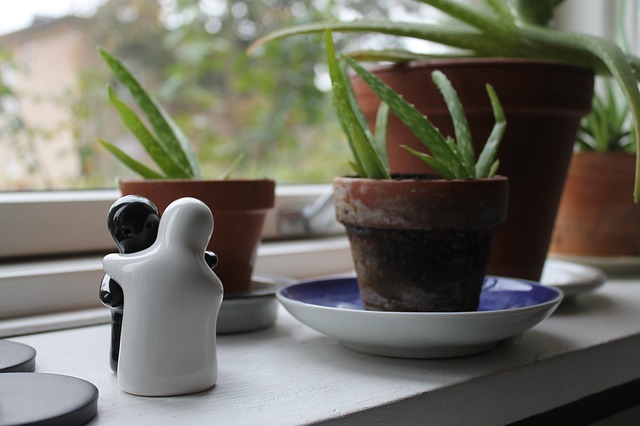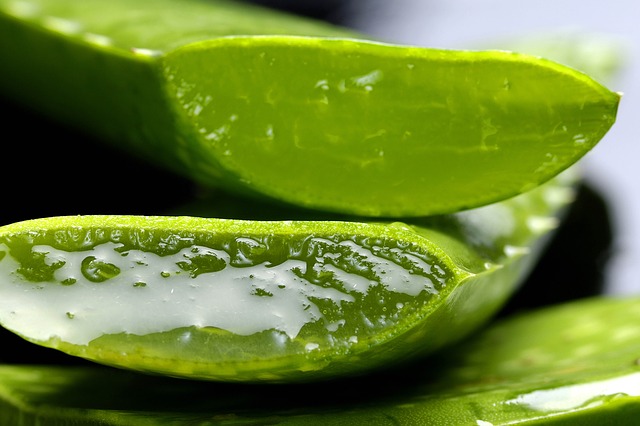
- On
- By
- Categories: Hobby
Aloe Vera – a superfood with hidden dangers
It has been used in medicine since ancient times and was rated as an effective laxative or laxative. It was rediscovered in modern times, especially in the 1970s.In the late 1990s, extracts of its leaves began to be used in the cosmetic industry. Since then, we have experienced a boom of various uses that aloe can have.

From a biological point of view, it is a succulent plant with green, brindle and prickly leaves consisting of superficial skin and watery flesh. It is thanks to the water-retaining pulp that succulents can survive in arid areas. It also contains important medicinal substances of plants. It is recommended to use succulents at least 2 years old, as the older the plant is, the more health-promoting ingredients are thought to be contained in the leaves.
Externally, the topical use of juice from pulp clearly has a number of advantages. For wounds, abrasions and burns, anti-inflammatory action is applied.

When applied to the affected area, healing is also accelerated, because the components contained mainly increase blood circulation. It will also bring relief when bitten by insects or after a long stay in the sun, as it has a cooling effect.
The internal use of aloe, in contrast to the external, is somewhat controversial. The first obstacle is the fact that the skin and its lower layers contain bitter latex sap, which is described as slightly toxic. The consumption of a non-toxic inner layer should help with feelings of constipation, bloating, or heaviness in the stomach, as well as joint diseases and detoxification. The last 2 studies showed no benefit. The alternative medicine website also reads that ingesting gel from pulp can lower blood sugar levels and excite diabetics in particular. The mechanism by which this happens is unknown.

In addition, studies warn that in addition to the beneficial effects, eating plants can have adverse effects such as prolonged diarrhea, digestive system irritation, and lowering blood potassium.Juice from whole leaves is classified as a potential carcinogen.